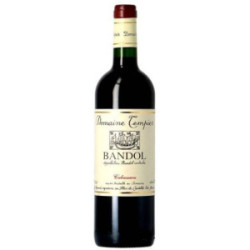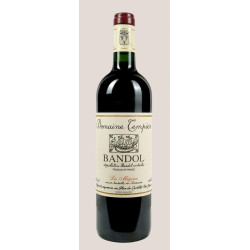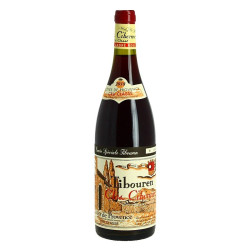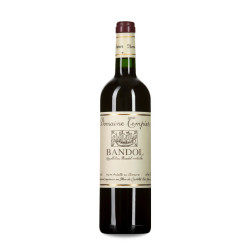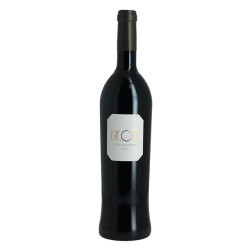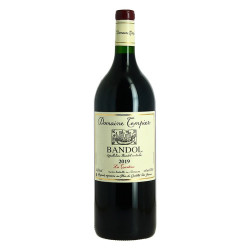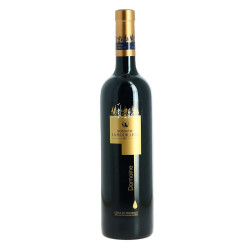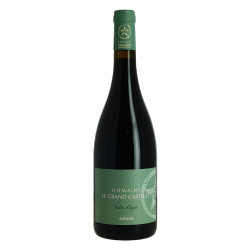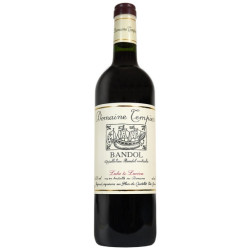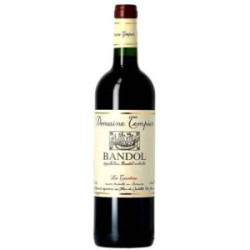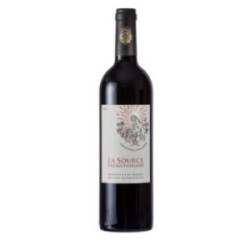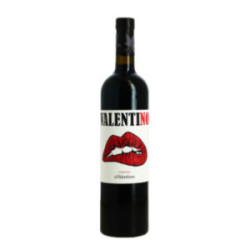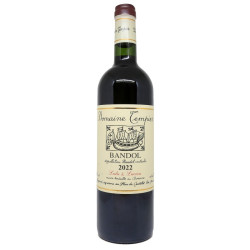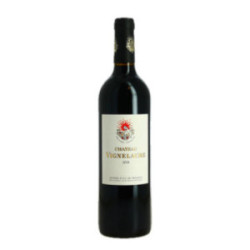
1 Choose your alcohol
Add your products to your basket and checkout, your order will be sent to the store.

2 Enjoy Travelling In Calais
Picking your Goods in our stores in Calais

3 15% Vat Back !!!
Get your Vat Back up to 15% when you return in United Kingdom
Provence Red Wine
Provence is a great territory of red wines!
We tend in France to think that Provence only produces rosé or white wines, whereas it is an exceptional terroir for red wine. The production of red wine represents only 8% of the total production but it is worth looking into for a few minutes. You will associate these bottles of red wines with fruity and finesse, powerful and balanced with beef or lamb, cheeses and grilled fish when the red wine is very young.
The Provence wine region covers 26,000 hectares in 3 departments of France, the Var, the Bouches-du-Rhône and the Alpes Maritimes, which is limited to the micro-vineyard of Bellet near Nice, which is shrinking more and more under real estate pressure.
The production of red wines in Provence
This is done under different appellations (AOP, AOC, IGP), the Côtes de Provence, the Coteaux d'Aix-en-Provence and the Coteaux Varois, Bandol, Baux-de-Provence, Bellet, Cassis , Pallet. Corsica is sometimes included in the Provence appellation, whereas the wines of Corsica come from a production region in its own right.
The vines start from the shore and extend inland to a maximum depth of 50 km. The soils and the climate are very favorable to the cultivation of the vine, there is not much humidity, exceptional sunshine, a great diversity of soils and relief including the scrubland and its aromatic herbs or the fields of lavender influences the result in the bottle.
The increasingly high temperatures of the Provençal summer can be a problem, but the Mistral brings its share of welcome freshness and its very dry character makes it possible to effectively fight against vine diseases during wet periods.
LA Provence is no exception to the fundamental trend of organic or biodynamic wine production. Organic farming, which is developing in the production of fruit, leads by "neighborhood" winegrowers to switch to ORGANIC, unless it is the opposite.
The fact that the vine appeared almost 2500 years ago in Provence explains the immense variety of grape varieties authorized in each appellation. No less than 25 types of grape varieties are authorized to make a wine from the Palette appellation, for Bandol it is 11, and for Bellet it is 17. !! However, more classic grape varieties take precedence over these endemic grape varieties. As a result, Cabernet Sauvignon and Syrah are more and more often found to be the reference grape variety(ies) for beautiful red wines from Provence.
Here is a non-exhaustive list of grape varieties present in a Provence red wine.
Syrah for its aromas of fruit and spices, Grenache for its breadth and power, Mourvèdre which gives a fine tannic structure to red Bandol and beautiful aromas and notes of black fruit, Carignan which serves as a base for many beautiful blends, the Cabernet Sauvignon for its tannins and its aromas so characteristic of notes of pepper and notes of hot blackcurrant. Rarer but important, the Tibouren for its finesse and elegance
14% of the production of the AOC Coteaux d'Aix en Provence is red wine.,
8% of the production of the AOC Coteaux Varois en Provence is red wine.
The three appellations of Provence are broken down into sub-appellations, and 8% of production is red wine.
The Côtes de Provence are subdivided into 4 distinct terroirs: The Côtes de Provence Sainte Victoire, the Côtes de Provence Fréjus, the Côtes de Provence La Londe and the Côtes de Provence Pierrefeu.
The concept of classified growths of Provence
This lends itself to discussion, because this classification was made some time ago (in 1955)
by order of the Ministry of Agriculture. The Côtes de Provence were not even organized in AOC, they will only be in 1977. This classification is not based on criteria based on the quality of what is offered today. As always, the truth is in the bottle, not on the label. It's up to you to make up your own mind.
The Provence Crus Classés are in alphabetical order:
Château de l'Aumérade, Château de Brégançon, Clos Cibonne, Domaine de la Clapière, Domaine de la Croix, Château du Galoupet, Domaine du Jas d'Esclans, Domaine de Mauvanne, Château Minuty, Clos Mireille, Domaine Rimauresq, Château de Saint -Martin, Domaine de Saint Maur, Domaine du Noyer Château Sainte Roseline, Château de Selle, Domaine de la Source Sainte Marguerite, Castel Roubine. In our opinion, this title of Crus Classés de Provence is more to be seen as a distinctive mark of prestige than as a real classification of each cuvée.
- Out-of-Stock
- Out-of-Stock
Domaine TEMPIER “Lulu et Lucien” Red Bandol Wine 2021 75 cl
Tax FREE
Price
approx
Domaine TEMPIER "Lulu et Lucien" Red Bandol 2022 in MAGNUM
Tax FREE
Price
approx
Red Wine CHATEAU VIGNELAURE 2018 Coteaux d'Aix en PROVENCE
Tax FREE
Price
approx


